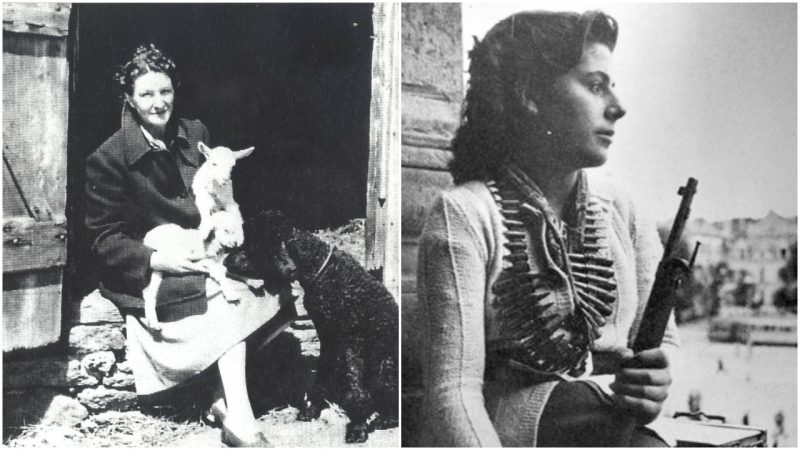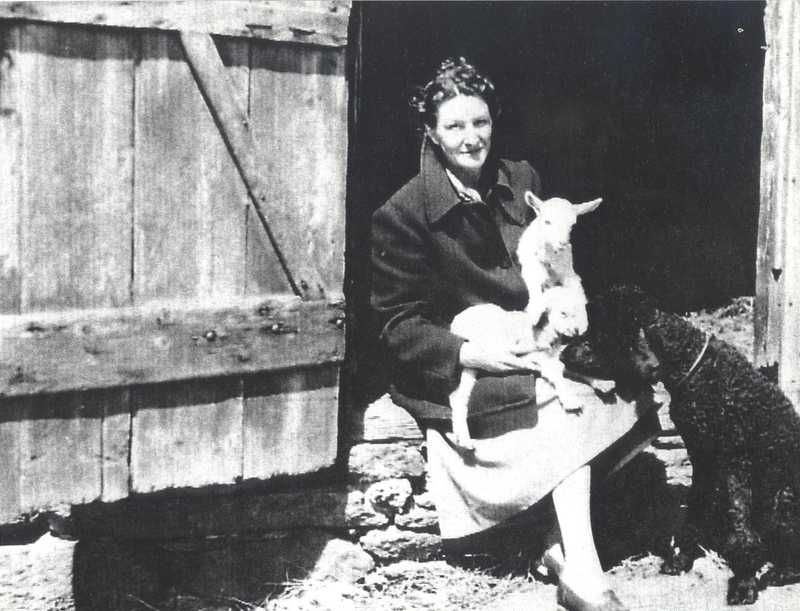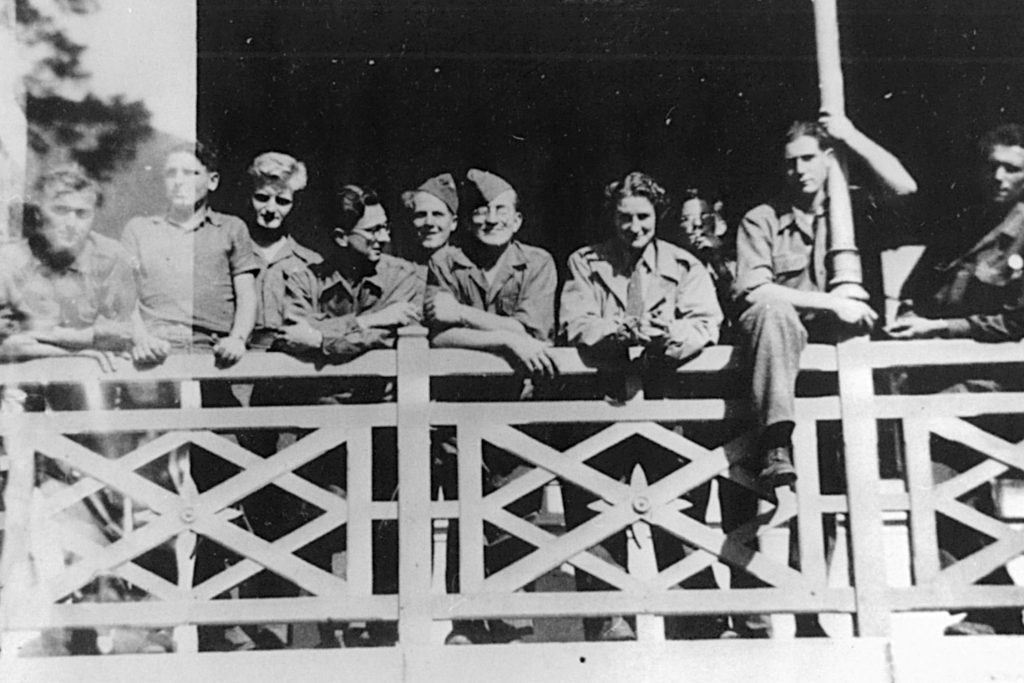Virginia Hall: ‘The Limping Lady’ An Extraordinary spy of WW2

In today’s world, equal opportunities for male and female spies might seem like an obvious step towards progress. However, this was far from the reality during the tumultuous era of World War II. During those times, women had to navigate formidable obstacles to establish their worthiness for a chance in espionage. One such remarkable figure was Virginia Hall, who was pivotal in establishing extensive networks of resistance fighters and directing their support towards the Allied invasion. Virginia Hall’s achievements of becoming one of the most accomplished spies of World War II exemplify the arduous path that women like her had to tread.
Brought up by a prosperous Baltimore family, Virginia Hall’s background held expectations of her marrying into her privileged social class. Yet, her heart yearned for adventure, for a life that defied the norms. She cherished the outdoors, enjoying hiking, hunting, and horseback riding. However, her life took a tragic turn after a hunting accident in Turkey, which resulted in the amputation of her left foot. Despite losing her left leg when there were no antibiotics, she embraced her prosthetic leg, Cuthbert with an unwavering spirit that led her to emerge as one of the most famous spies of WW II.
Initially, her application for a diplomatic role within the U.S. State Department was rejected because of her disability. Yet, her yearning for an adventurous life made her make daring choices.
Virginia Hall’s Resilient Path in Wartime Espionage
Amid the chaos of World War II that spread across Europe, Virginia Hall landed in the heart of Paris. She enlisted herself in the Ambulance Service to take the job of evacuating casualties. But when France surrendered, she moved forward and started operating under the auspices of the British Special Operations Executive (SOE).
In 1941, she joined SOE as a special agent codenamed Germaine. After arriving in France in August 1941, she assumed the identity of Brigitte LeContre, a French-American reporter and immersed herself in Lyon for the following fifteen months. Her role encompassed strategic organisation, funding, supply, and arming of the French resistance. Her feats were awe-inspiring – from rescuing Allied airmen to overseeing parachute drops for resistance fighters. She coordinated the complex web of the French Resistance, Orchestrated agent networks, aided POW escapes, and recruited safehouse operators.

Virginia Hall’s mastery of evasion and disguise caught the eye of the French Vichy Police and the German Gestapo. Though they never succeeded in unveiling her true identity as “Germaine,” she became known as the elusive “Lady with the Limp.” When the U.S. and British forces stormed North Africa in November 1942, the illusion of Vichy France disintegrated. German troops tightened their grip on the territory, and notorious Gestapo chief Klaus Barbie started relentlessly hunting Hall.
Despite her wooden leg and the snow-covered terrain, Virginia embarked on an arduous journey across the Pyrenees, eventually making it to Spain. After a brief imprisonment due to documentation discrepancies, she returned to London in time for Christmas, hailed as a hero by her SOE comrades. But rest was not on Virginia’s agenda; she was eager to return to the field. However, given her top status on the Gestapo’s most-wanted list, the SOE deemed it too dangerous to redeploy her in occupied France.
Virginia’s next venture led her to Madrid in May 1943, where she operated undercover as a reporter for the Chicago Tribune. Her mission was to manage a network of safe houses. However, Spain’s geographical distance from the front lines prompted her return to London. Her leisure moments transformed into dedicated endeavours to hone her abilities as a skilled radio operator. July of 1943 marked a pivotal moment as Virginia’s exceptional contributions to the Allied war effort were recognised through her appointment as a Member of the British Empire. However, Virginia, driven by her commitment to secrecy, humbly declined the honour of accepting the medal from King George VI.
Embarking on the Second Leg of Service
Even though Virginia Hall’s involvement with the SOE concluded, her commitment to intelligence work continued. She transitioned to the American Office of Strategic Services (OSS) Special Operations Branch.
With the OSS, Hall embarked on a fresh chapter, assuming a new identity as she re-entered the dangerous terrain of France. Disguised as an elderly woman, Hall, now known as “Diane,” embarked on a hazardous journey. She landed on the French coast in a rubber dinghy alongside a fellow agent and navigated through Paris. Eventually, she set up operations in Maidou, located south of Paris, where she meticulously observed German troop movements.

In May 1944, as the Gestapo’s grip tightened, Hall continued her journey south to Cosne. Working undercover as a crucial radio operator, she played a pivotal role in maintaining communication amidst escalating dangers. Her determination remained unwavering, reminiscent of her previous achievements with the SOE.
Masterminding Resistance Networks
Familiar with resistance coordination, Virginia connected with the French Résistance, orchestrating a symphony of weaponry, supplies, and agents for covert operations. As June 6, 1944, heralded the D-Day landings, Hall’s networks were primed for action. They disrupted supply lines, ambushed German forces, and sowed chaos to hamper their movements.
Over the following year, Virginia Hall and Paul Goillot (French-American lieutenant who had joined Hall in Cosne) orchestrated safe zones, trained resistance fighters, and relayed critical intelligence. Hall’s tenacity carried her through the war’s conclusion in May 1945.
Transition to the Shadows of the CIA and Consequently Retiring
Hall’s partnership with Paul Goillot evolved into marriage, and they transitioned to the Central Intelligence Agency (CIA) and spent an additional 16 years in service. Hall’s analytical acumen shone there as she specialised in French parliamentary affairs within the Special Activities Division, the CIA’s covert operations-focused unit.
Hall retired from the CIA in 1966, finding respite on a Maryland farm. Her legacy persisted until she passed at 76 in Rockville, Maryland. Virginia Hall’s unwavering dedication to intelligence work, daring escapades, and indomitable spirit etched her name into the annals of history.
Virginia Hall is the most famed female spy of WW2, with extraordinary exploits many did not know of until recently.
